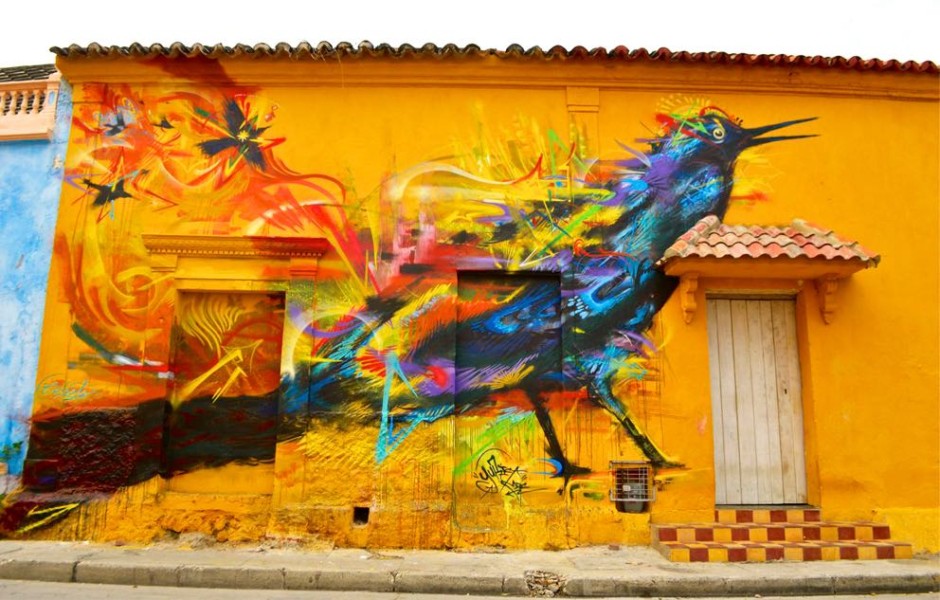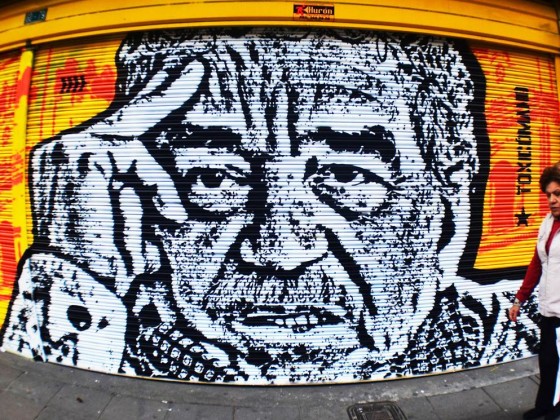Nowadays, Colombia is one of the best places in the Americas for street art. The quality of urban art together with the decentralization of murals to small and medium-size towns make Colombian walls and streets feel alive with colors and messages. Common topics include social commentary, historical characters, cultural heritage, and a reflection about how we relate to nature in modern times. Here’s a compilation of some of the best street art in the country — enjoy.
All photos via Street Art in Columbia.

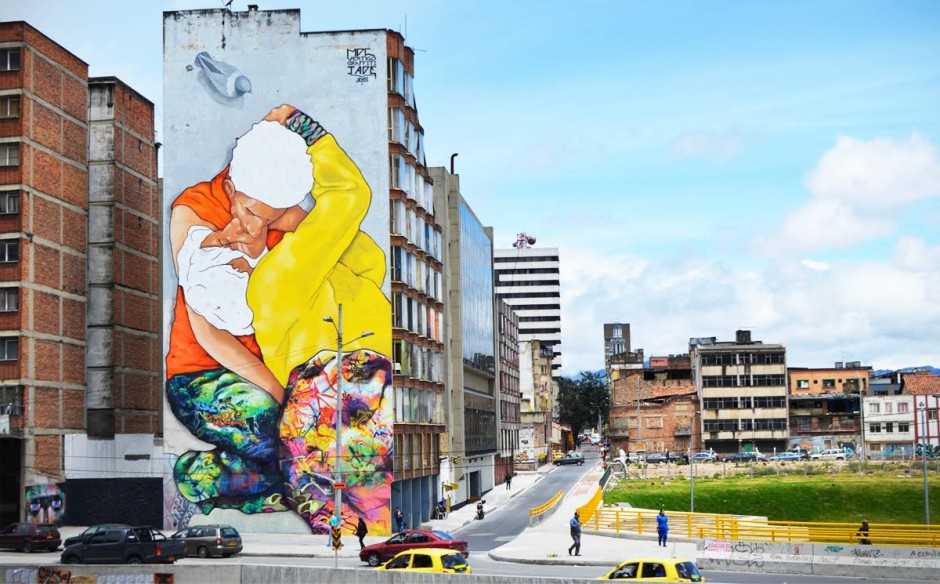
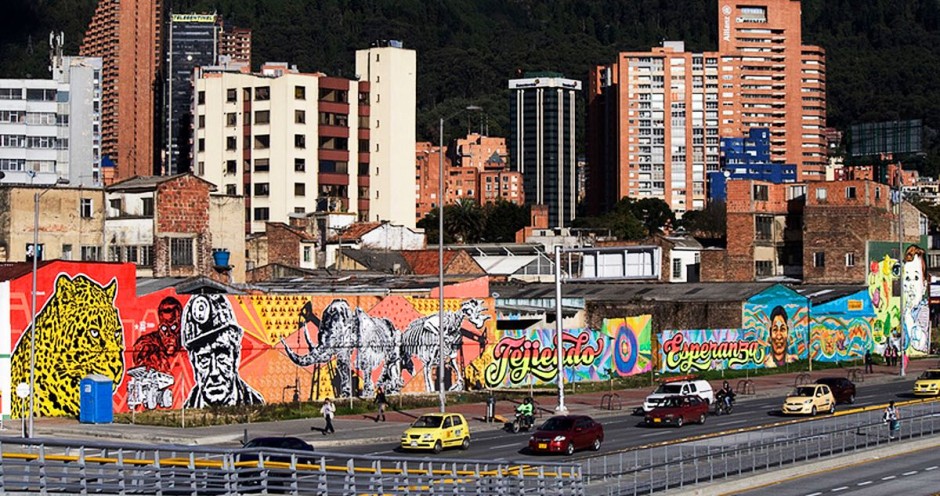
Intermission

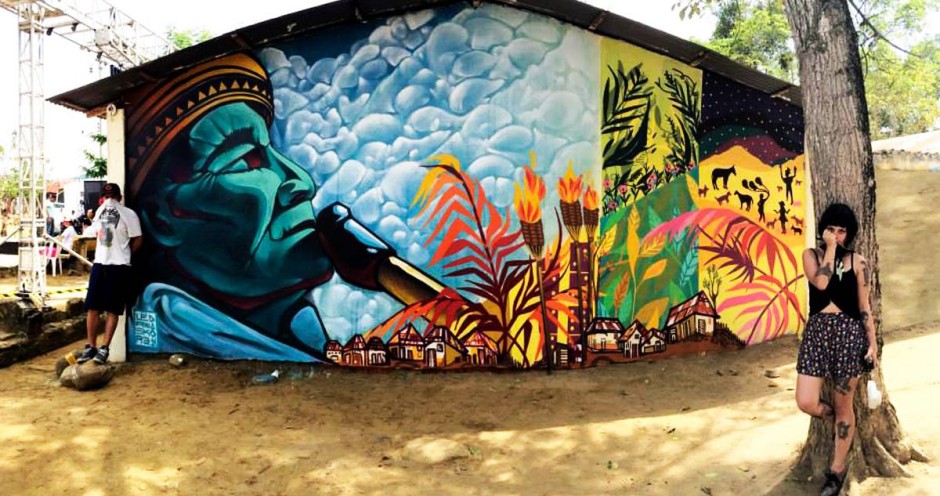
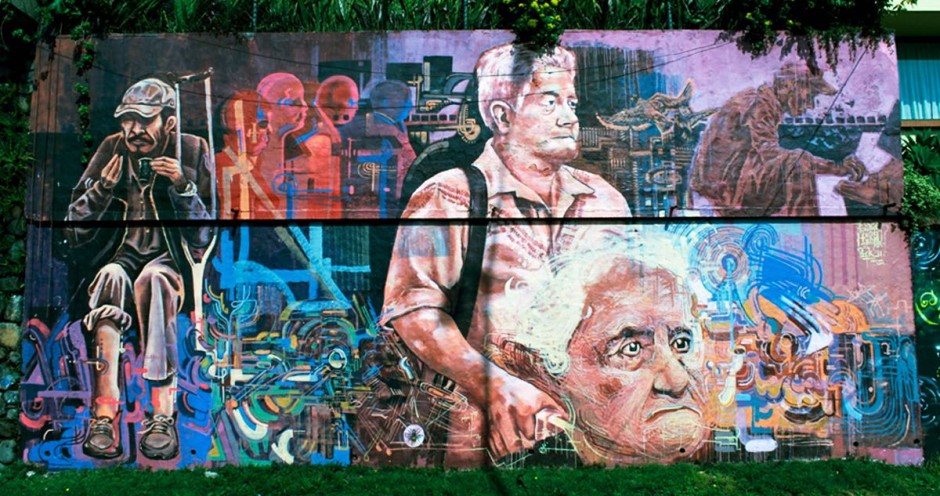
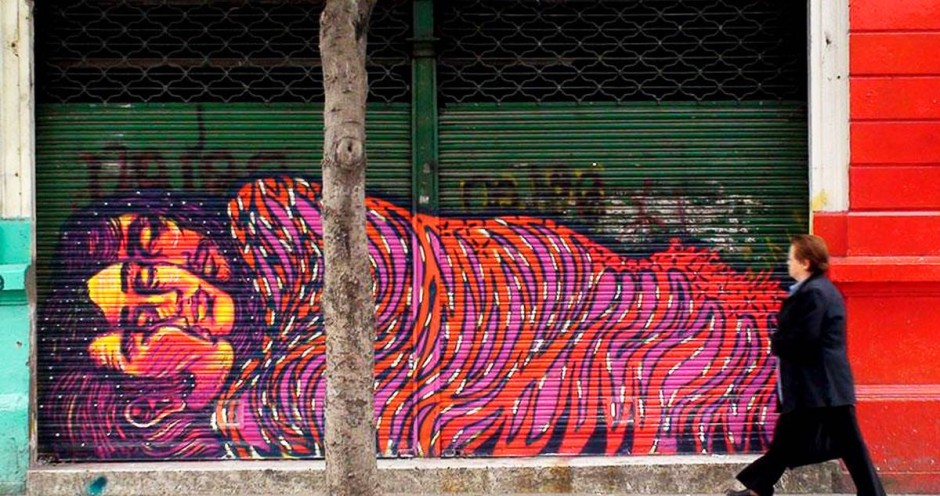
Intermission
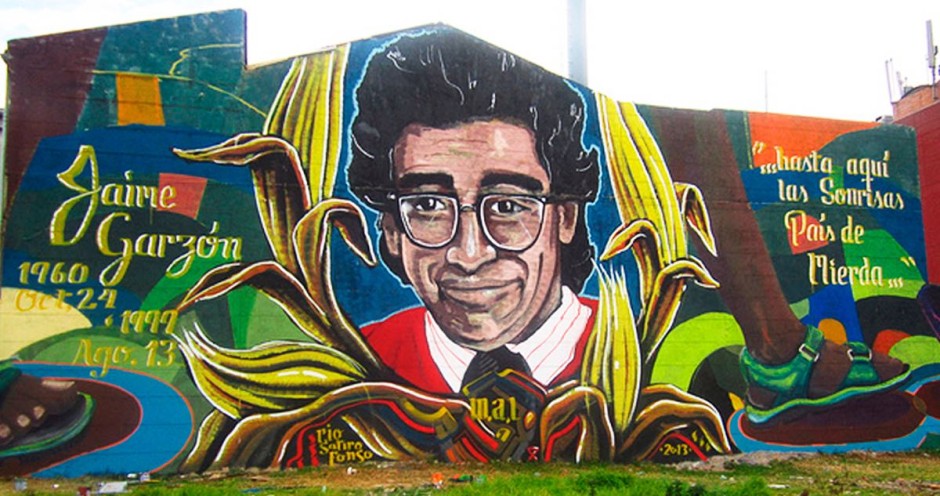



Intermission


